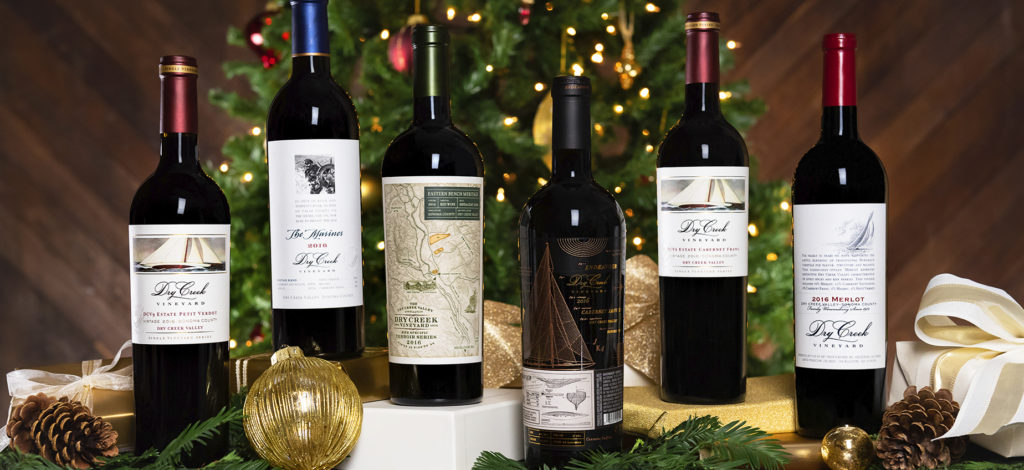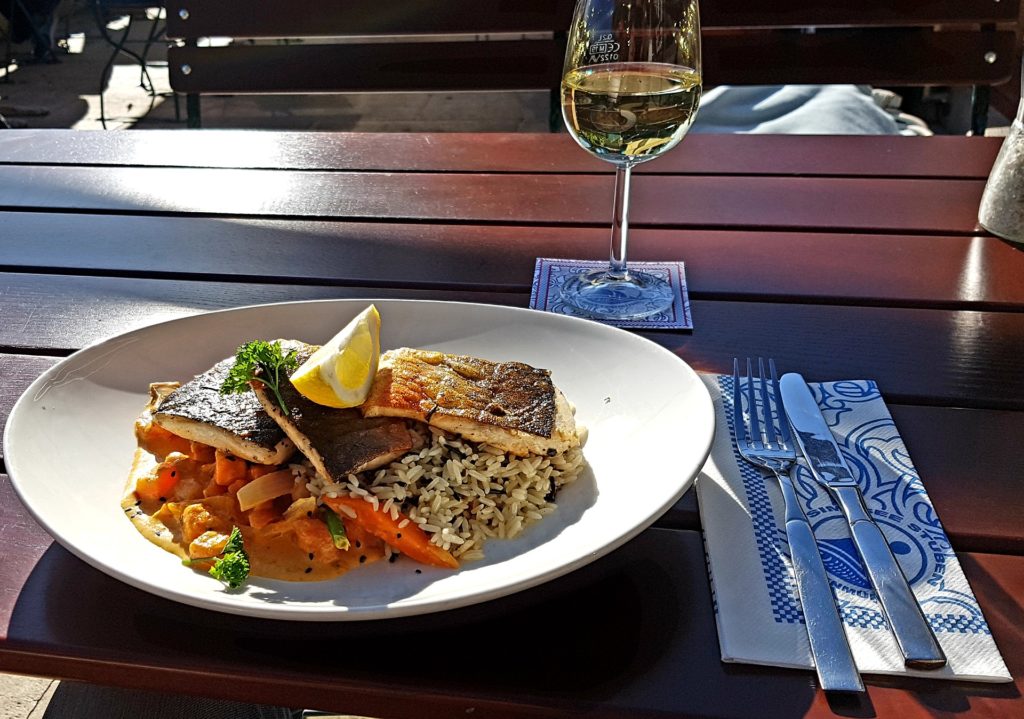Beyond the mastery of the winemaker, the dry wine is primarily the expression of the grape variety, the soil in which it is planted, and the climatic conditions of the harvest year.
All these details are on the wine label and can help you make an inspired choice if you know how to decode them.
In general, wine is recommended by what is called “appellation of origin” or, in French, “appellation”. This term means geographically defined wine-growing region.


Classification of Wine
Wines are also classified according to the number of sugars they contain (sugars left over from the fermentation process and not added) – usually mentioned on the label: “dry” means 2-4 grams of sugar per liter, “half” between 4 and 12 grams per liter, “half-sweet” between 12 and 50 grams per liter. And a sweet wine has over 50 grams per liter.
Dry Wine
“Dry” is the term most people use to describe wine. However, “dry” is one of the words that are most often misused by wine consumers. The reason why the term “dry” is misused is due to the fact that it is usually used rationally, referring to the sensory characteristics of the wine, although these sensory characteristics are not what it means when we say that a wine is dry.
A dry wine is simply a wine that has no residual sugar and is not sweet. When grape juice turns into wine, alcohol is produced in the fermentation process because yeast eats the sugar present in the juice. In many wines, the winemaker stops the fermentation process before the yeast has time to eat all the sugar, leaving a sweet note to the wine. When a winemaker leaves a little sugar behind, it is called residual sugar. To make a dry wine, the winemaker will instead let the fermentation process complete completely, allowing the yeast to consume all the sugar present.
Don’t confuse the lack of sweet taste with the lack of fruit. In a dry wine, you will taste the fruit, just because the wine will not taste as sweet as the fruit juice.
In fact, any alcoholic beverage is in the same situation, because the term dry also applies to beers, spirits, and all alcoholic beverages.
Own that they are never served after sweets.
Dry, white, or rose wines, well cooled, accompany excellent shellfish and seafood in general, as well as cheese. The fish also goes well with the roses, but the specific taste of the fish must be taken into account. The dry white wine (for example, Chardonnay) goes well with the chicken dishes, cooked in white sauce.
Dry white wine, like champagne, will be consumed at a temperature of about 10 ° C, so it is colder than roses and red wines.
White Wine
Try a white wine. Popular white wines include Chardonnay, Pinot Grigio, and Sauvignon Blanc.
Pour some wine into the glass to taste it before deciding on a full glass. It is common to try a few mouthfuls of wine before filling a full glass. Proper wine tasting is an excellent way to determine whether or not you like the overall aroma of the wine.
Experience the aroma. Twist the wine from the glass to expose it to a larger surface. This increases the wine’s contact with the air and intensifies its aroma. Twist your wine by holding its base glass. It smells of wine as you rotate it to feel its aroma. Common flavors include different fruits, spices, herbs, and flowers.
Complex Wine
A complex wine will offer multiple smells, and taking each scent will intensify the aroma of the wine. The general taste of wine is a combination of smells and aromas, so it is important to deal with this aspect.
Taste the wine in a few small mouths. Hold the wine in your mouth for 5-10 seconds before swallowing to truly absorb the aroma. High-quality wines tend to have a finer consistency. A good finish will stay on the glass for some time.
Wine and Food Combination


Combine your wine with the right food. There are a few factors to consider when combining wine with food. It is easier to think of the combination as a balancing act.
You can combine white wines with foods such as fatty fish or cream sauce. Chardonnay, for example, is delicious with fish such as salmon or any kind of fruit. A dry red wine with rich foods, and cheeses. Some cheeses usually go better with white wine, and some are better with red. However, almost all cheeses pair well with dry roses, which have the acidity of white wine and the fruity of a red.
Red wines, such as Cabernet and Bordeaux, are wonderful with red foods such as steaks and chops. I enrich the palace after each piece of meat.
If we talk about the succession of wines at a table, it is not recommended to consume more than two types of wine. The dry wine will be drunk before the sweet wines, and the dry white wine will always be drunk before a red wine, never after.
Foods to be avoided are the same for all wines: garlic (even onion), anchovies, raw vegetables, eggs (especially yolk), creamy cheeses, fresh acidic fruits (lemon, pineapple), and spices – which blurs the sensitivity of the tongue (and alongside). which goes rather), as well as everything that contains vinegar or mustard.
How to choose a Wine?
If you think about how to choose a wine, first of all, avoid wines that are too cheap. The production of wine and the whole process costs, and a cheap bottle of the wine suggests a poor-quality wine, perhaps even one that has not met too many grapes. If you have not received recommendations for a particular wine or want to try something new, try a price that you will not be sorry if the wine is not up to expectations.
Usually, in well-respected restaurants, for any course on the menu, you can also get a wine recommendation from the waiter. If the association was right for you, keep in mind the information on the label: dry/semi-dry/sweet, the producer, or the wine-growing area. It can also help you make choices in the future. In addition, some wines also have recommendations for association with label food from producers and sommeliers who have already tried it. These are usually the safest choices.
Observe the temperature of the wine or other recommendations: you can ruin the whole experience with a good wine if you do not cool it well, for example.
Also Read: Brandy and Whiskey: What is the difference?
